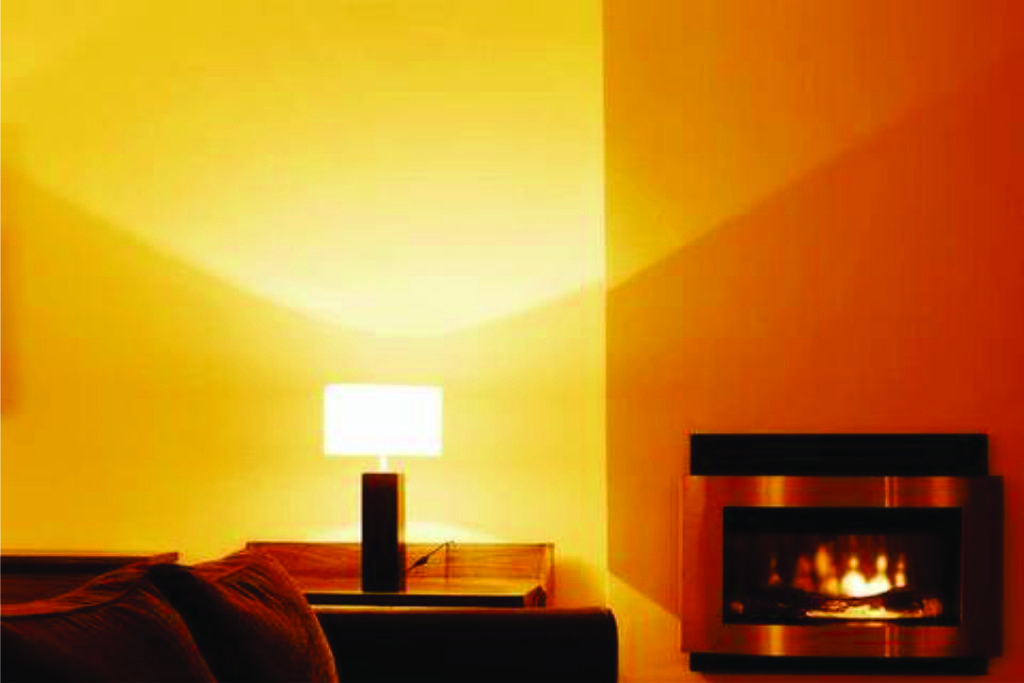Understanding the Concepts and Ideas of Lighting Design with WCI

While charting a plan for interior design of a space, architects focus on what elements will give the user comfort and a soothing experience. The lighting system is one such aspect of interior design that brings a whole new perspective to the space. Apart from the fact that it sets the illumination of a given space, lighting also involves aesthetics.
At Woodcraft International , a leading Interiors and Architecture company in India, architects believe that lighting is like the ‘soul’ of a space. It defines the emotions and feelings of those present at the place. Thus, it is imperative that an articulate lighting plan is set so that it can radiate positive energy at all times. At the same time, understanding the characteristics of the light source is necessary before proceeding for the actual plan.
Today, let’s take a brief tour to understand the primary characteristics of light sources before you move forward to selecting the lighting fixture of your space.
1. COLOR TEMPERATURE
As is understood, light sources either emit warmth or coolness. In architecture, the spectrum of color temperature is measured in Kelvin degrees. It is necessary to choose the right color temperature depending upon the utility of the space. For instance, a cool lighting system is generally used in commercial complexes, offices, hospitals etc. That is because such spaces are usually densely populated and thus, the cooling effect of the lights blends well with the atmosphere. On the other hand, warm colors provide a sense of coziness and comfort to a space. Hence, it is perfect for personal spaces like bedrooms and family rooms. And as for a neutral color scheme, it fits well for kitchens and bathrooms. Sometimes, neutral color lighting systems can also be found in small workspaces.2. BEAM ANGLE
The angle at which a source emits light, decides where the focus should be in a given space. A spot angle highlights a special element in the space that one wants to be in focus. At the same time, a wide beam angle distributes light more evenly and illuminates a large portion of the place.3. LUMENS
In layman’s terms, lumens basically measure the brightness of a light. Depending upon the size of the given space, architects decide the lumen ratings. Higher the rating, brighter is the light. Architecture firms like Walnut Studios possess great knowledge in this aspect and determine the lumen rating to allow users the best possible experience.4. COLOR RENDERING INDEX
The Color Rendering Index (CRI) is a quantitative measure which indicates the ability of a light source to reveal colors of objects in contrast to a natural light source (like Sunbeams). It is calculated on a scale from 0 to 100 percent which indicates how accurate a light source is at rendering color. The higher end of the scale has a better color rendering ability and light sources with a CRI of 90 or higher are excellent at color rendering as they have a more accurate color rendering of the objects around it. When one is lighting up a space where color is crucial in the design, they can see how to use different kinds of lighting sources to design the lighting plan which suits the space. While planning a lighting design, an important aspect is layers. The lighting sources should be blended into the space to create contrast, accentuate elements, color and texture. Different types of layers in lighting which should be considered are:Ambient Lighting
This is the first layer of lighting in any room and sets the tone of a space. Ambient lighting is typically soft and diffused and helps in the overall illumination of the room. This layer can be used to create a uniform lighting level which helps in clear vision and movement. Some ways to use ambient lighting into your architecture are:- Using Ceiling or recessed fixtures like Chandeliers, Light kits on ceiling fans, Track lighting and Recessed ceiling lights which will direct light downwards.
- Using Pendants that bounce light off ceilings and walls.
Task Lighting
The next layer is task lighting which is the most functional layer of a lighting plan. Task lighting is just what it sounds like: it's the light for a particular task or activity like reading, studying, cooking, applying makeup, etc. The main focus is on the particular area where the task is performed. This lighting is brighter than ambient lighting. A perfect example of task lighting would be the table lamps range by Walnut Studios, a leading luxury furniture company in India.Accent Lighting
Lastly, accent lighting is used to highlight a specific object or area like artwork, architecture features, furnishings and provides an atmosphere by adding style, contrast and drama to a space. Accent lights are usually three times brighter than ambient lights and can be used to highlight design elements of space to create more defined shadows and add depth.
Still deciding colors scheme for your dream place? Contact Woodcraft International and book a consultation for planning your dream place with our expertise.
